In country after country, the bicentenary of the Birth of the Báb has been celebrated by people representing the rich diversity of the human race, giving rise to countless expressions of art, music, and acts of selfless service in honor of His life and teachings. As part of the efflorescence of activities during this period, Romanian artist Simina Boicu Rahmatian has prepared twenty-five illustrations that depict some of the most significant sites related to the brief but stirring history of the Bábí Faith. The hand-drawn illustrations that follow invite us to immerse ourselves in the “marvelous happenings that…heralded the advent of the Founder of the Bábí Dispensation, the dramatic circumstances of His own eventful life, the miraculous tragedy of His martyrdom, the magic of His influence exerted on the most eminent and powerful among His countrymen.”1Shoghi Effendi, The World Order of Bahá’u’lláh [US Bahá’í Publishing Trust, 1991] 124 The sepia tones transport us back to the nineteenth century. The contrast between light and shadow brings to life the buildings, towns and landscapes that form the backdrop against which a new religion came into existence. Yet, these images are seldom accompanied by the silhouettes of human beings; it is we the viewers who are invited to step into those scenes and imagine the settings and circumstances in which an extraordinary chapter of humanity’s spiritual evolution unfolded.
Some of the illustrations depict historic Oriental edifices: the Shrine of the Imám Ḥusayn in Karbala (no. 5), a well-known mosque and marketplace in Baghdad (no. 10), and the Masjid-i-Vakíl of Shiráz (no. 11). Also depicted are settings of sites more specifically associated with Bábí history: The front door of the Báb’s house in Shiráz (no. 3) is shut before our eyes, but our minds are invited in to imagine that fateful evening of May 22, 1844, when the Báb announced to His first disciple that He was the Promised One of Islam and the Gate (Báb, in Arabic) to a new age for humankind. While looking at the desolate castles of Máh-kú and Chihríq (nos. 14 and 15), where the Báb was imprisoned from 1847 to 1850, we are reminded of His isolation and deprivation; as He wrote, “there is not at night even a lighted lamp.”2Selections from the Writings of the Báb [Haifa: Bahá’í World Centre, 1978] 87 The sun-drenched barrack square of Ṭabríz (no. 20), where the Báb was executed, calls to our minds that unique historic moment when He, the target of hundreds of bullets, was nowhere to be found after the thick cloud of smoke cleared. Thousands, crowded around the city square, witnessed that remarkable scene. Other pictures remind us of the heroism of tens of thousands of His followers who courageously advanced a Cause that was destined to change the world. We visit the Sabzih-Maydán of Tehran (no. 18), where a young Iranian met his death singing a couplet from Rúmí: “In one hand the wine-cup, in one hand the tresses of the Friend. Such a dance in the midst of the market-place is my desire!“3Edward G. Browne, ed., A Traveller’s Narrative [Cambridge University Press, 1891] 333-4, Note T We stand before Tehran’s Gate of Naw (no. 22), on whose sides the remains of many of the Bábís were hung. We reflect somberly at Zanján’s square (no. 21), another theater of a terrible slaughter.
In the opening and concluding scenes of the collection, the artist portrays the cypress grove located at the south side of the Shrine of the Báb. The first image (no. 1) depicts the grove as seen from below in the early 1900s; the final image (no. 25) is the view from above that we see today. In the former, we can imagine Bahá’u’lláh standing beside the grove and instructing ‘Abdu’l-Bahá to house the remains of the Báb in the land just below those trees. In the latter, we see Bahá’u’lláh’s vision of the Shrine of the Báb realized in “the Queen of Carmel enthroned on God’s Mountain, crowned in glowing gold, robed in shimmering white, girdled in emerald green, enchanting every eye from air, sea, plain and hill.”4Shoghi Effendi, Messages to the Baha’i World – 1950-1957 [Wilmette: Bahá’í Publishing Trust, 1971] 169
In the visual journey ahead, we find the embodiment of these poignant words written by Shoghi Effendi in 1944:
We behold, as we survey the episodes of this first act of a sublime drama, the figure of its Master Hero, the Báb, arise meteor-like above the horizon of Shíráz, traverse the sombre sky of Persia from south to north, decline with tragic swiftness, and perish in a blaze of glory. We see His satellites, a galaxy of God-intoxicated heroes, mount above that same horizon, irradiate that same incandescent light, burn themselves out with that self-same swiftness, and impart in their turn an added impetus to the steadily gathering momentum of God’s nascent Faith.5Shoghi Effendi, God Passes By [Wilmette: Bahá’í Publishing Trust, 1974] 3
As the world endures a period of heightened crisis, may we be reminded of the extraordinary Figure of the Báb, Who was able to “illuminate a society and an age shrouded in darkness.”6October 2019 message of the Universal House of Justice to all who have come to honour the Herald of a new Dawn
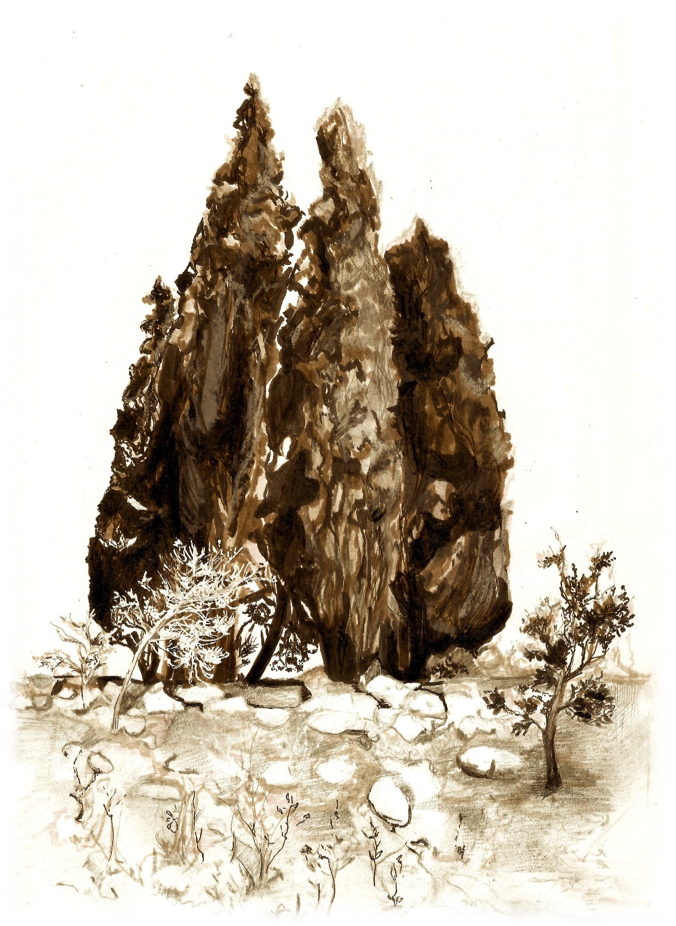






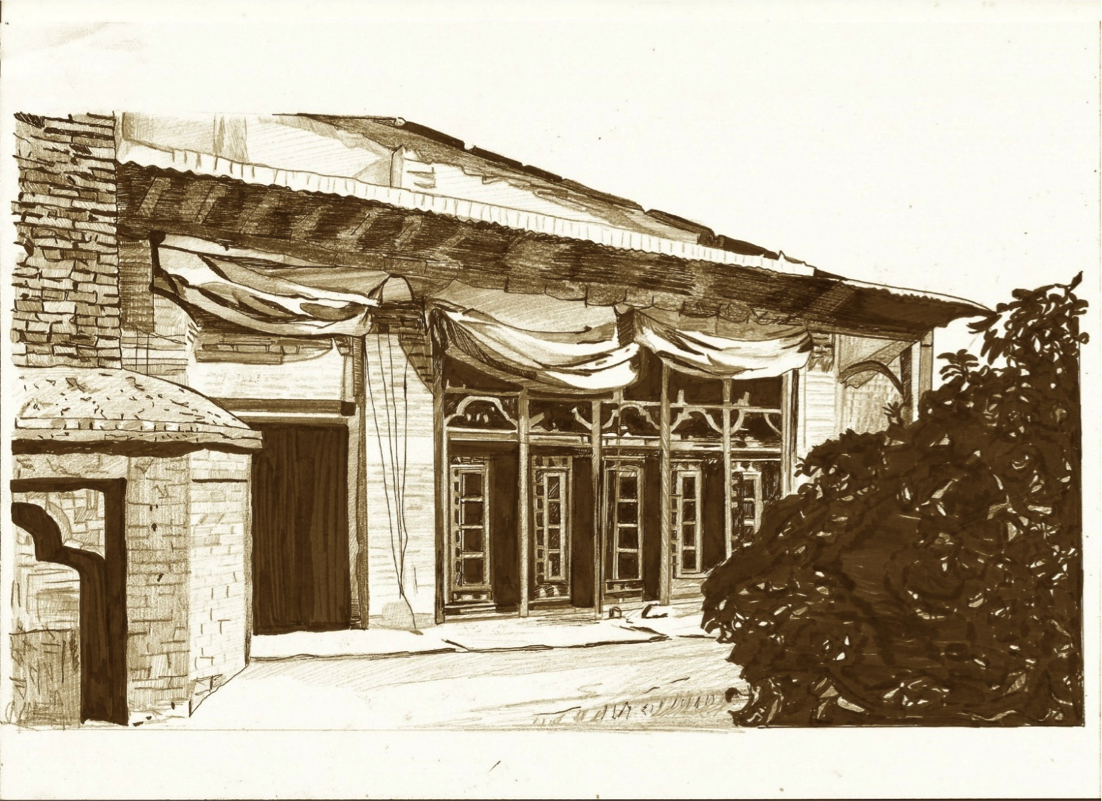
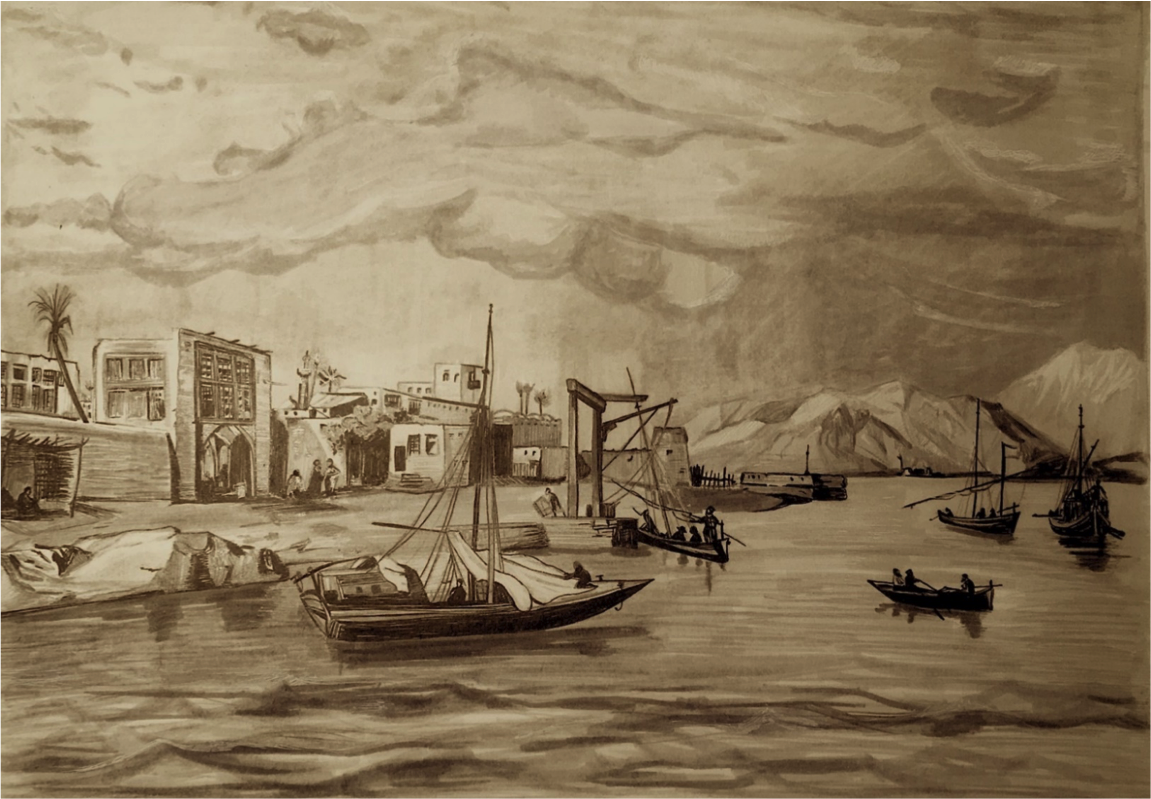
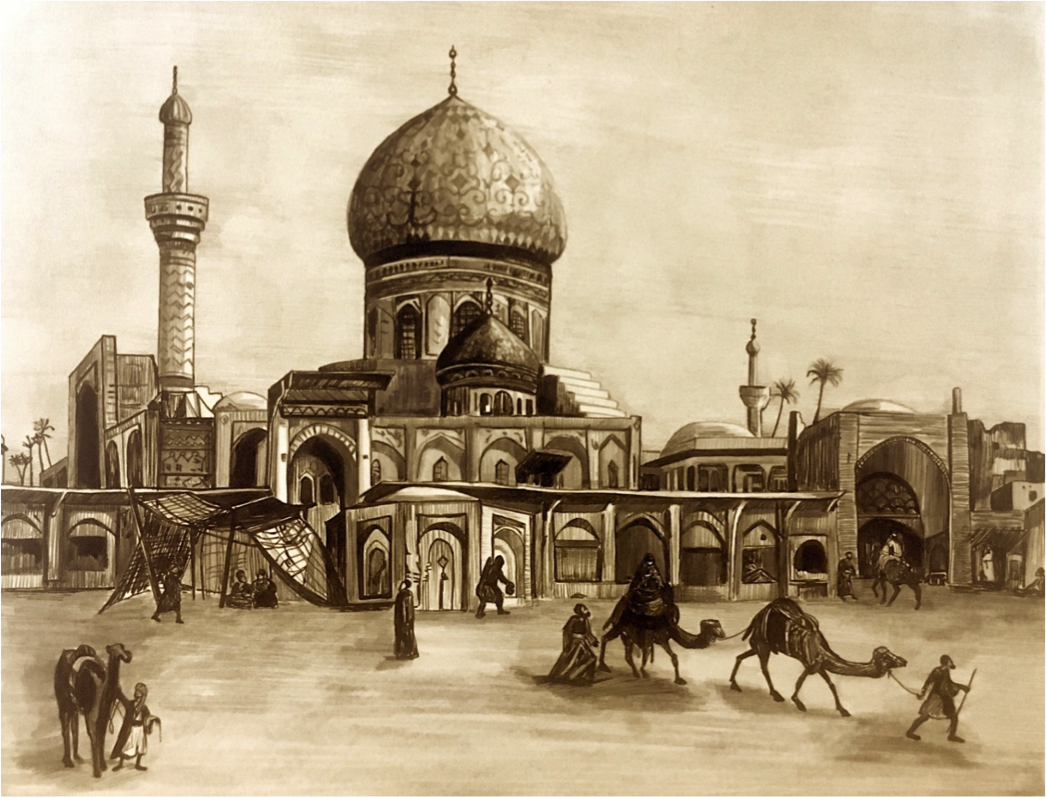
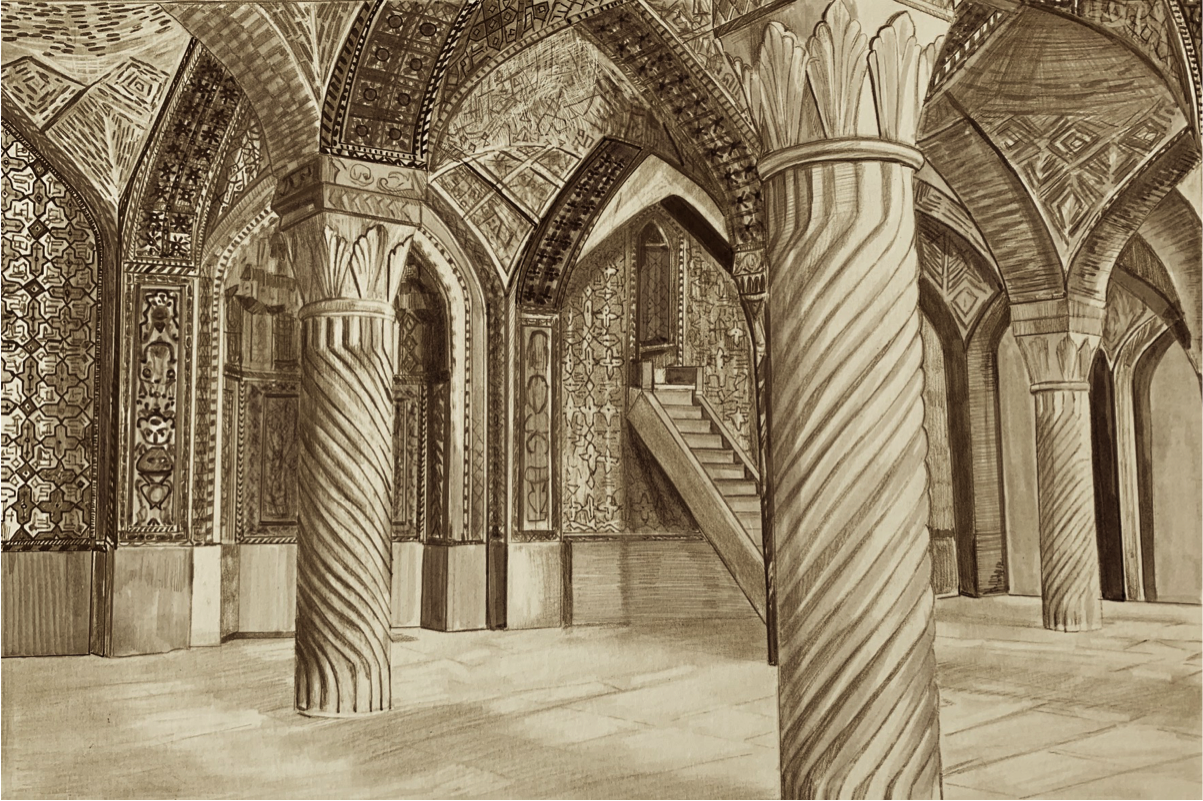

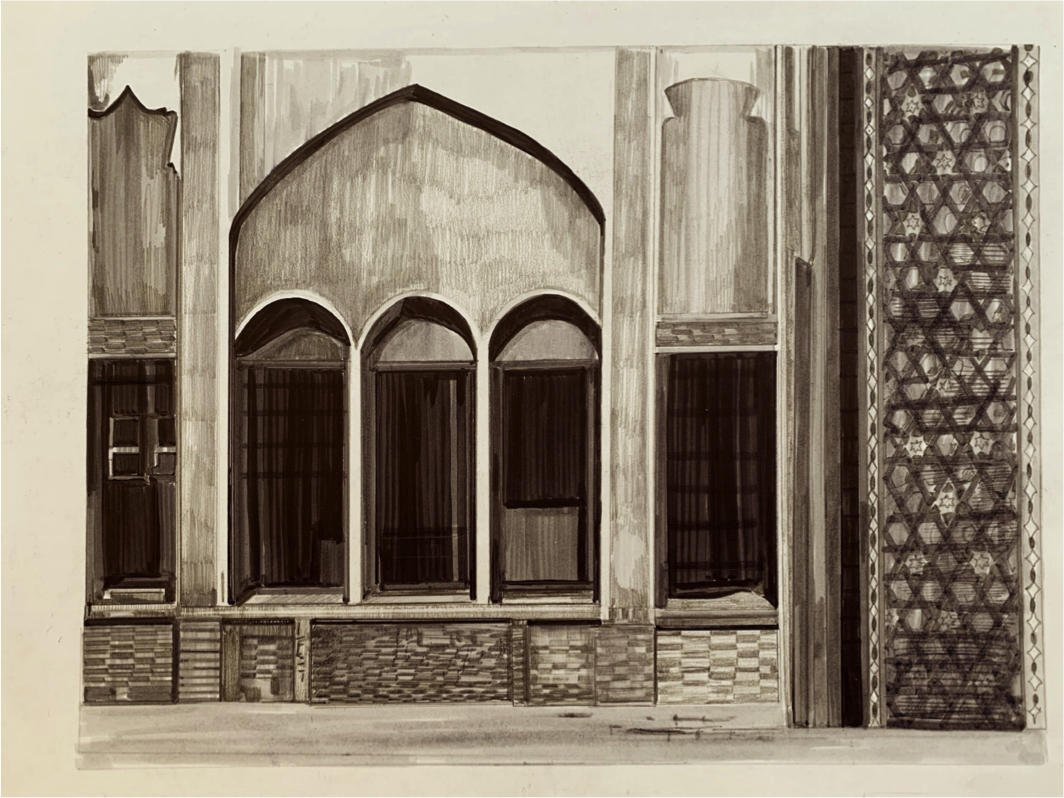


Credit: Simina Boicu










Credit: Simina Boicu